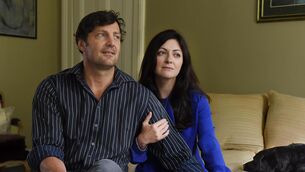€300,000,000 earmarked for Limerick’s regeneration
LIMERICK’S revival. Was it a chimera, a dream that could not be realised? Five years ago, the John Fitzgerald Report heralded a new direction for a city that had lost its way. Public and private investment was to be harnessed, and a new social vista shaped.
The now mythical figure of €3bn was pitched as the purse required to make this heavyweight contest happen; half from the State, the other from private pockets. But the €3bn was a projection, a potential financial scenario contingent on the health of the economy, and the success of State agencies to deliver attractive options to invest in the ‘regeneration areas’.
















